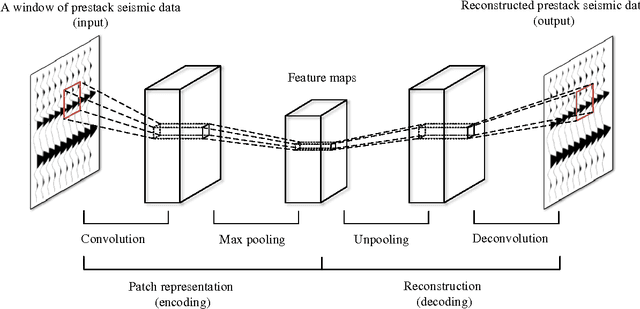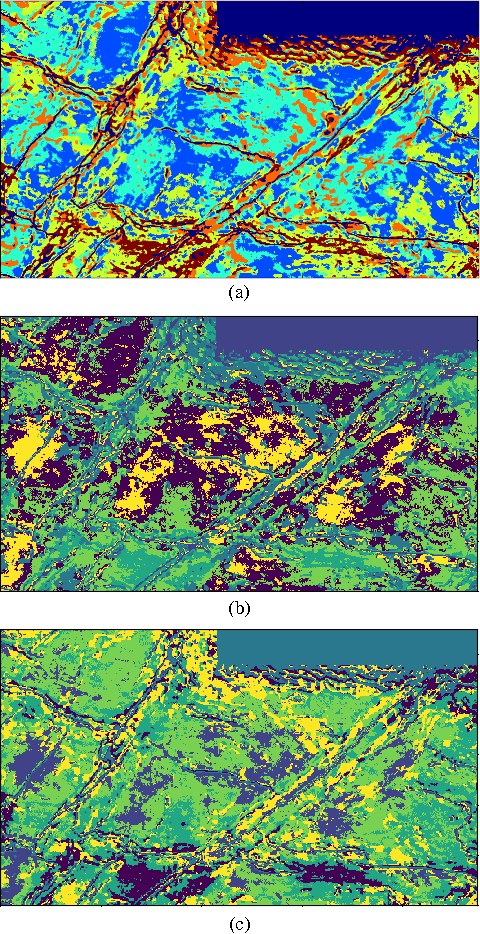Yaojun Wang
An Overall Real-Time Mechanism for Classification and Quality Evaluation of Rice
Feb 19, 2025Abstract:Rice is one of the most widely cultivated crops globally and has been developed into numerous varieties. The quality of rice during cultivation is primarily determined by its cultivar and characteristics. Traditionally, rice classification and quality assessment rely on manual visual inspection, a process that is both time-consuming and prone to errors. However, with advancements in machine vision technology, automating rice classification and quality evaluation based on its cultivar and characteristics has become increasingly feasible, enhancing both accuracy and efficiency. This study proposes a real-time evaluation mechanism for comprehensive rice grain assessment, integrating a one-stage object detection approach, a deep convolutional neural network, and traditional machine learning techniques. The proposed framework enables rice variety identification, grain completeness grading, and grain chalkiness evaluation. The rice grain dataset used in this study comprises approximately 20,000 images from six widely cultivated rice varieties in China. Experimental results demonstrate that the proposed mechanism achieves a mean average precision (mAP) of 99.14% in the object detection task and an accuracy of 97.89% in the classification task. Furthermore, the framework attains an average accuracy of 97.56% in grain completeness grading within the same rice variety, contributing to an effective quality evaluation system.
Seismic facies recognition based on prestack data using deep convolutional autoencoder
Apr 08, 2017



Abstract:Prestack seismic data carries much useful information that can help us find more complex atypical reservoirs. Therefore, we are increasingly inclined to use prestack seismic data for seis- mic facies recognition. However, due to the inclusion of ex- cessive redundancy, effective feature extraction from prestack seismic data becomes critical. In this paper, we consider seis- mic facies recognition based on prestack data as an image clus- tering problem in computer vision (CV) by thinking of each prestack seismic gather as a picture. We propose a convo- lutional autoencoder (CAE) network for deep feature learn- ing from prestack seismic data, which is more effective than principal component analysis (PCA) in redundancy removing and valid information extraction. Then, using conventional classification or clustering techniques (e.g. K-means or self- organizing maps) on the extracted features, we can achieve seismic facies recognition. We applied our method to the prestack data from physical model and LZB region. The re- sult shows that our approach is superior to the conventionals.
 Add to Chrome
Add to Chrome Add to Firefox
Add to Firefox Add to Edge
Add to Edge